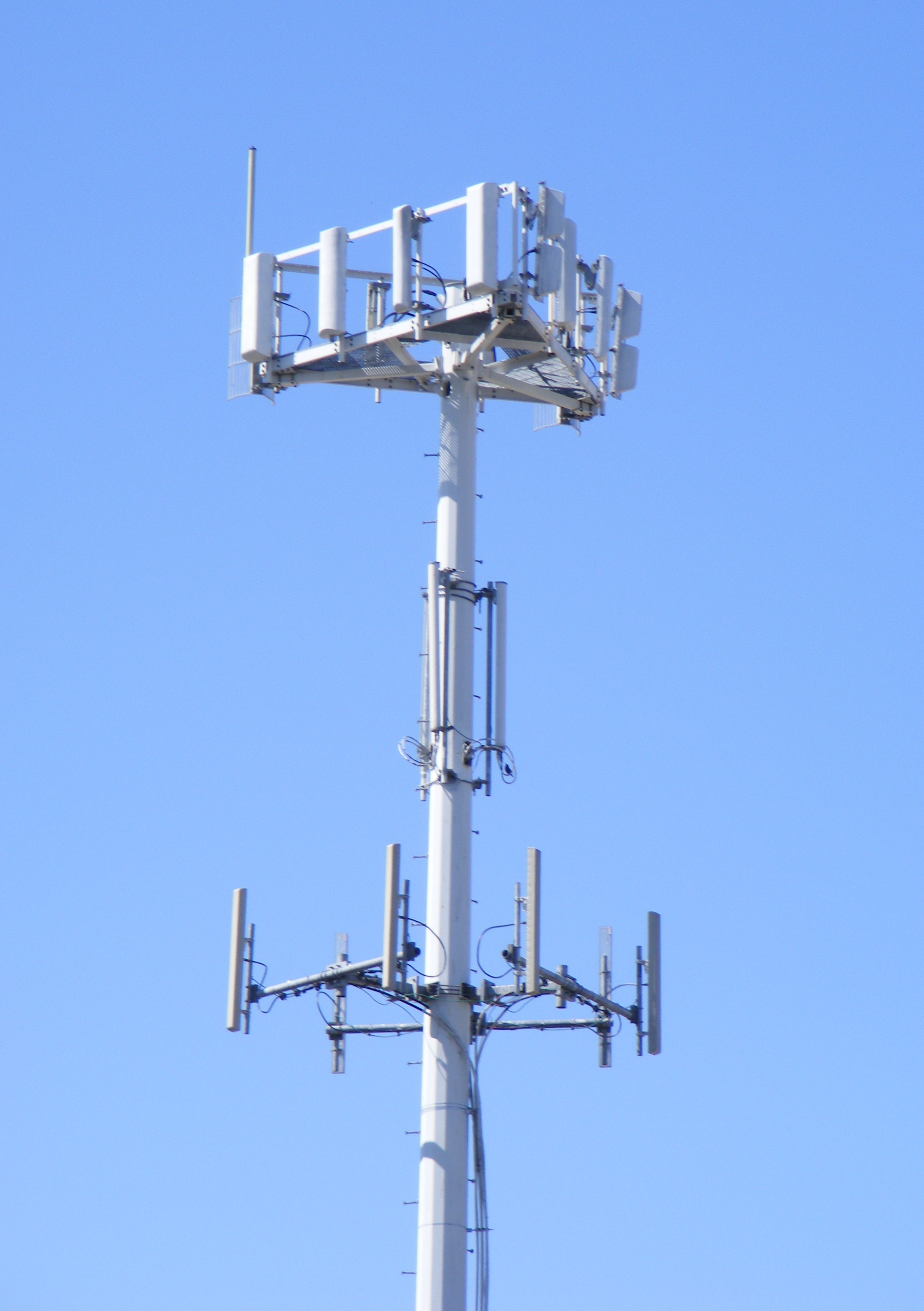#94 - Feature: Path of Least Resistance
Motto: Facts are Overrated Anyway
For over a week I’ve had two Feature Posts half-written. One of them is about intelligence, the other is about tools. Today’s post was written for one, then transferred to the other, then I decided it was long enough to warrant a feature post of its own. So, without further ado…
Technology is amazing and nobody appreciates it enough.
Every system in the world runs in the same way: a source of high potential energy runs through an extremely complex path of least resistance on its way to a place of lower potential energy. In engineering this path, humans have figured out how to make everyone into quasi-superheroes. We can see what our friends saw a year ago. We can hear them speak from across the country. We can access an awe-inspiring network of answers and functions known as the internet.
Right now my earphones are getting power from my phone, which is getting power from my computer, which is getting power from my wall, which is getting power from the grid, which is getting power from some unseen turbine(s) miles away from here. The turbine is spinning a set of conductive coils about very powerful magnets thanks to pressure caused by heat generated by way of nuclear fission, burning fossil fuels, or some form of green energy.
I am on a phone call with my colleague from California. I consider him a friend as well, so I’ll call him that.
My friend is talking ~1500 miles away and I can hear him. How?
The changes in air pressure caused my my friend’s mouth and vocal chords push a tiny magnet on a tiny membrane through a tiny loop of copper. This induces a current on the copper using the exact same principle the power plant relies on to generate electricity (just in reverse). This tiny current is amplified and digitized (turned in to a long series of 0’s and 1’s) by the electrical current running from the positive terminal to the negative terminal of my friend’s phone’s battery. This digital (binary) signal is driven into a tiny antenna within the handset where it radiates out into the air. This newly created electric field crosses through the atmosphere until it reaches the antennas of one (or more) cellular base stations. The electric fields at these antennas induce an electrical potential differential (voltage) into the circuitry of the radio tower. The base station then converts the voltages on this copper circuitry into light pulses, which it beams down a pair of concentric tubes of glass. Miles later, these light pulses are converted back into a traditional electrical signal that feeds into an extremely complex network of networks orchestrated by my friend’s cellular provider and the public phone system. That network of networks forwards the signal along an incredibly intricate and long path of least resistance that ends at the antennas of the cell tower(s) nearest me. The signal is broadcast into the air (along with thousands of others) where it hits the tiny antennas inside my phone. The current going from the positive terminal of my phone’s battery to its negative terminal demodulates and deconstructs the signal from the antenna, pulls out the portion that was meant for me, turns it into an analog signal, then sends it down the wire to my earbuds. A tiny magnet inside my earbuds reacts to the incoming signal by vibrating a tiny membrane back and forth, changing the air pressure inside my ear. And I can hear what my friend is saying.
The whole thing is driven by the splitting of Uranium 235 and/or coal burning and/or natural gas burning and/or some form of green energy. It transverse thousands of miles, and it happens in less than a second.
And that’s amazing.
That’s why I studied engineering.
And you all need to appreciate it more.
The picture to go out on - every time you see one of these, try to remember this post and APPRECIATE what you can do:

Top 5: Other Things to Consider
- The capacitive capacity of my fingers is detected by my phone’s touchscreen. My phone is detecting and reacting to something I didn’t even know existed until my teenage years.
- I just used the phrase “capacitive capacity”; and it actually made sense. I’m proud of that. I could and probably will at some point write about simultaneously self-actualizing in art and engineering.
- Everything we’ve built started in the nature. We found all this stuff in the ground and machined it into something useful.
- People used to physically open and close a circuit to send messages. It was called a telegraph.
- If you abstract the process a little, the system starts in my friend’s brain. It drives an even more impressive natural network to make his mouth and vocal chords create specific air pressure changes. Miles away, my ears pick them up, convert them to electrical signals of their own, then feed them into my brain which converts them into meaning. The system directly connects my brain to that of Kyle in California. Whoa.
Quote:
“Everything is amazing and nobody’s happy” Louis C.K.